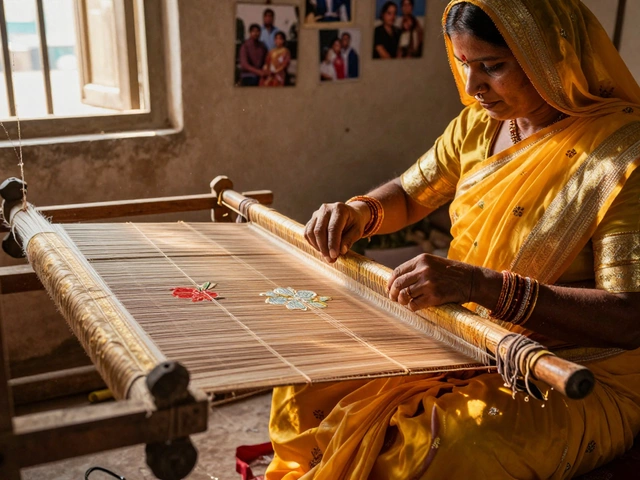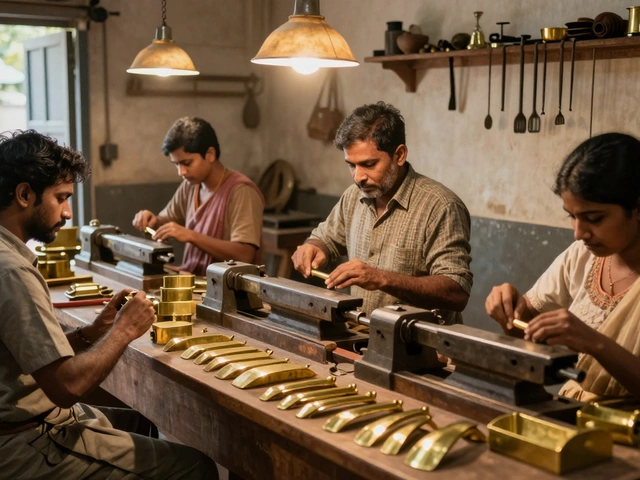Top Textile Companies: Who’s Leading the Indian Fabric Game
When you think about fabrics that make it from a loom to your wardrobe, a few giant names pop up. These are the firms that own massive mills, export to dozens of countries, and constantly roll out new designs. Curious about who they are and why they keep winning? Keep reading – we’ll break it down in plain English.
Why These Companies Stand Out
First off, scale matters. Companies like Arvind Ltd. run hundreds of thousands of meters of denim every year, so they can offer low prices without sacrificing quality. Vardhman Textiles focuses on cotton yarn and has built a reputation for consistent tensile strength, which big‑brand apparel houses love. Raymond pays extra for premium suiting fabrics, carving out a niche in high‑end menswear. Then there’s Welspun, a powerhouse in home textiles that leverages automation to churn out bed sheets and towels at break‑neck speed.
Most of these players invest heavily in technology. Automated looms, AI‑driven quality checks, and water‑recycling systems keep production efficient and eco‑friendly. Sustainability isn’t just a buzzword; it’s a cost‑saver. When a plant reuses water, it cuts down on utility bills and meets global buyer requirements, opening doors to markets in Europe and the US.
What You Can Learn from Their Success
If you’re thinking about starting a textile venture, copy the habits that work. Diversify product lines – don’t rely on just one fabric. Arvind started with denim, then added technical textiles for automotive and defense. Vardhman moved from yarn to finished garments, capturing more of the value chain. Also, keep a close eye on export trends. The biggest growth for Indian textile firms comes from overseas demand for affordable, quality fabrics.
Another tip: focus on branding early. Raymond built the “Made in India” premium image through consistent advertising and showroom experiences. You don’t need a huge budget to create a recognizable brand; start with clear messaging about what makes your fabric different – be it eco‑friendly processing, unique patterns, or superior durability.
Finally, don’t ignore the numbers. The most profitable textile businesses keep a tight grip on inventory turnover and waste. By using real‑time data, they know exactly when to order raw cotton, how much dye to mix, and when a loom needs maintenance. That level of control translates to higher margins, even when raw cotton prices swing.
In short, top textile companies win by combining massive scale, tech upgrades, sustainable practices, smart branding, and data‑driven operations. Whether you’re a small maker or a big exporter, borrowing these habits can put you on the right track.
Largest Synthetic Textile Manufacturer in India: Who Tops the List?
India is a powerhouse in textile manufacturing, especially when it comes to synthetic textiles. This article uncovers the largest synthetic textile manufacturer in the country and how it impacts the industry as a whole. You'll get interesting facts, practical tips on sourcing, and insights on quality and sustainability trends. Discover what makes this industry tick and which company stands tall above the rest. Perfect for anyone looking to understand or connect with the Indian textile market.
Read More




